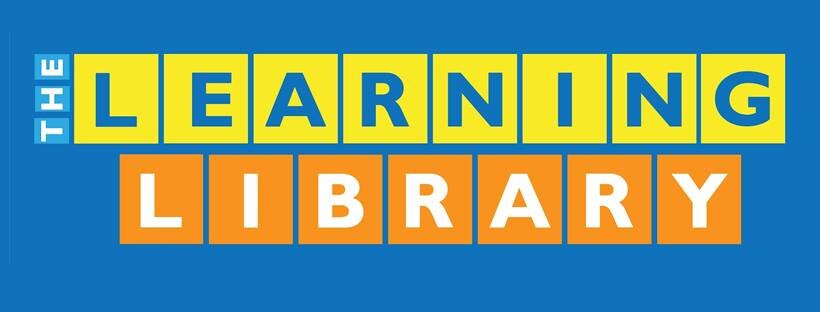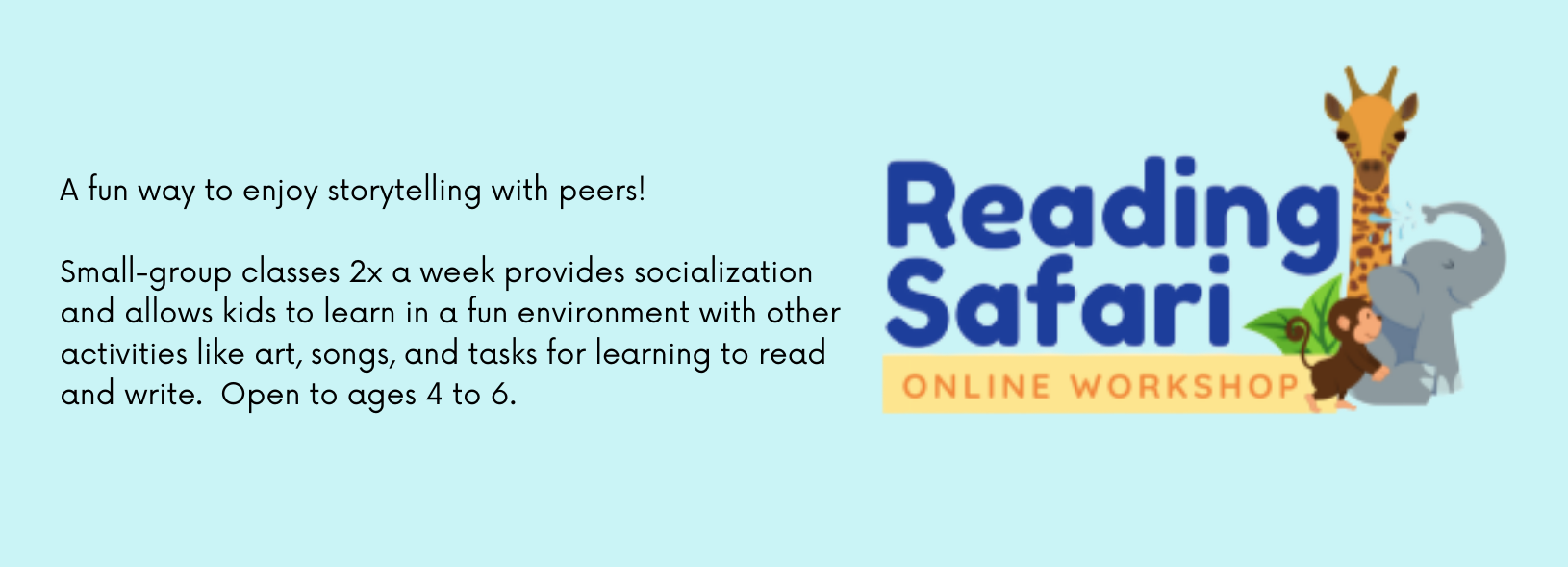How do I do storytelling for my child?
By Angela Morales
Do you love reading stories to your child at bedtime? If you do, that’s wonderful and you’re on the right track! If you haven’t developed that habit yet, read on and find out how reading stories to your child can do wonders, and how to do it well.
There have been many studies about the benefits of storytelling to children. Research from the Department of Education and Early Childhood Development in Melbourne found that Reading aloud to young children has a positive impact on reading and cognitive skills that improves even their literacy and numeracy tests results in the later years.
Storytelling also develops vocabulary, information processing, listening, comprehension and critical thinking (Mc Gee, 2014). It improves behavior according to one study from the pediatrics of New York (Mendesohn, 2018) and provides a joyful experience to listeners as well (Agosto, 2016).
With the continued work from home setup and online classes, many parents who recognize these benefits are willing to set a regular storytelling time with their children. Here’s how your child’s The Learning Library Reading Coaches (who some are fellow parents as well!) do storytelling:
Storytelling has three parts. Before, During and After reading. We will acquaint you with each part so that you can apply it to your storytelling time with your child.
Before: What happens before storytelling?
Before storytelling make sure you:
1. Have a comfortable place and space for reading
The location of where storytelling takes place must be considered. The bed in the bedroom is the popular place where parents read to their child before bedtime, but storytelling can also take place anywhere that you and your child are comfortable and will be able to pay attention to your book. It can be the rocking chair in the living room, the garden, or dining room. Take a look around your home and pick where you and your child can have proper lighting and comfortable positions.
Should you choose to read in the living area, make sure to turn off the TV as well as turn your phones in silent mode once the storytelling session begins. You and your child should be able to focus on the book and on each other. Giving your child your full attention shows them how important they are and teaches them the etiquette in paying attention.
2. Read in advance the book you have chosen
The importance of being familiar with the book that you will read to your child is that you can ensure that the book is age-appropriate for them. It is neither too long nor too short, and you can control the pacing of the story. Reading ahead also allows you to anticipate any questions or words that you might need to explain to your child. You can explain the meaning of difficult or unfamiliar words to them as the story goes.
Begin with the book cover and book title. Explore what the story can be about if you are reading a new book with your child. Listen to your child’s ideas and share yours as well. This can be done with children at any age.
During: How to engage your child during storytelling?
When reading to a younger child who is still beginning to read, make sure to face the book to him or her. Point to the words in the book with your fingers. This will help them become familiar with the left to right and top to bottom sequence in reading. This also helps connect letters to sounds for beginning readers.
With children who can read, you may let them read aloud familiar words and phrases. There are books with repeating phrases like the ones in “Green Eggs and Ham” by Dr. Seuss. For tips on how to choose the best books to read to your child, see our article here.
Let your child comment about the characters or what is happening in the storybook. You can ask questions like
“ Why (is this event happening)?”
“Why do you think the character (is acting this way)?”
“What do you think the character feels because of (the event or another character's actions)?”
You can also have your child predict what can happen next before turning to another page.
Give your child enough time to appreciate the illustrations of the storybook. The illustrations can help them answer your questions and predict story events.
Make an effort to connect the story to their experiences or would-be experiences.
In reading this book, for example, you may want to ask your child:
“Will you make friends with someone in a wheelchair like Titoy?”
After: Ending the storybook and what happens after
Sometimes during storytelling with your child, you may not finish the book or reach the end of the story. Perhaps your child has many questions during storytelling time or your child falls asleep. This is okay. You may continue next time. But when you do finish the story, there are questions you can ask your child rather than the “Did you like the story?” question.
After the story ends, make sure to recall something about the book like,
“My favorite character is… how about you?”
“Do you want to see or visit a place like (where the story happened), why?”
“Do you think you want to travel to (place in the story)?”
You can also ask, “What part did you like best in the story?” instead of just asking if you liked the whole story.
You can also develop your child’s creativity and imagination with questions like, “Do you think the story can happen in real life? Why?” or “What will you do if this happens to you?” and “What will you do if this happens in real life?”
Finally, to enrich the storytelling time for your child, make an effort to connect the story to their experiences or would-be experiences. For example, in Adarna Book’s “Madyik Silya ni Titoy,” which my niece loved for me to read to her everyday, the question I asked after reading it for the first time was “Will you make friends with someone in a wheelchair like Titoy?”
Questions like, “Has this happened to you?” “What happened to you when you went to (place where the story happened)?” and similar questions will relate your child to the story and develop empathy.
Storytelling to our children should be a special and enjoyable activity, so parents shouldn’t worry if what they're doing is “right.” Follow what you feel is right. I remember a question from a storytelling workshop I attended about whether the changing of our voices is important in storytelling and I hope that I recall Kuya Bodgie’s answer correctly: what comes naturally to the storyteller is what is important. Changing your pitch or tone was not emphasized.
Be ready to repeat the same parts of the story or the same books! Children often want to relive their favorite books or maybe the moment you had together!
We at The Learning Library hope that this article enhances your storytelling skills. Send us a message to share your own experiences or if you have any questions about storytelling. The Learning Library offers various online reading classes to different ages (that include storytelling!). Email us at inquiries@learninglibraries.com.
About the Author:
Professional storyteller and teacher Angela Morales is a former reading coach and center administrator for The Learning Library. She is also a mother of two teenage boys.



